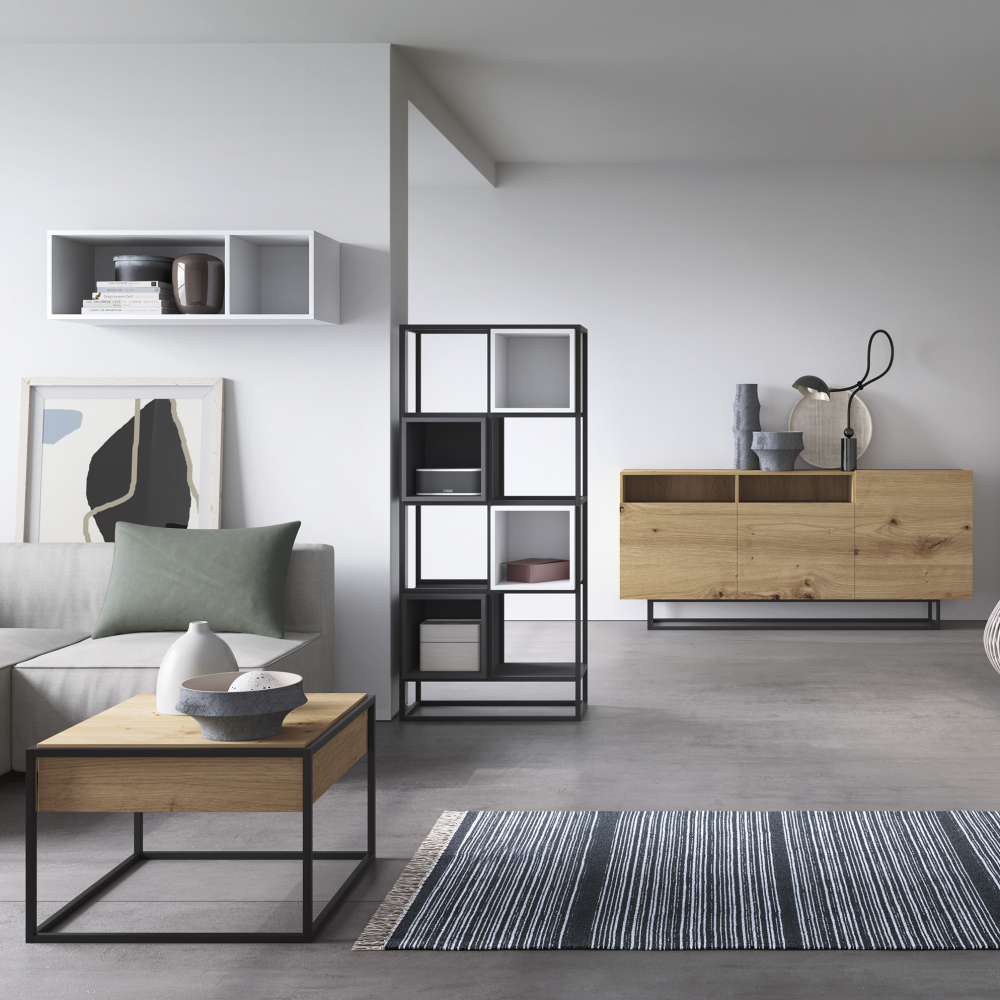INSPIRATIONS

How Not To Use Light at Home – 8 Lighting Mistakes In Interior Design
Lighting is a crucial element of interior design. In some cases, it can make-or-break a room, and in others, although not quite disastrous, it makes the space feel not-quite comfortable. There is more to lighting than just plugging in or installing your favourite fixture. Today’s article will help you avoid the most common lighting mistakes and add the perfecting glow to your interiors.
1. Ignoring the layers
What layers are we talking about? Almost every room requires three layers of lighting:
- ambient light for general lighting – this is usually accomplished with overhead lighting which provides even, strong light for the whole space.
- task lighting – extra sources of light for a specific function or job, for example near the mirror by the dressing table, over a kitchen worktop, or for reading.
- accent/spot lighting – usually focused light used to illuminate a particular object, area or for aesthetic effect.
Using overhead-only lighting can make a room, especially a small one, too harsh, while in a large room it simply won’t cope with lighting every nook and cranny.
Layers of light – for example overhead ambient lighting and some spot lights or sconces on the walls – will create a more adaptable and more welcoming space.
2. Lack of appropriate task lighting
Too harsh ambient or spot lighting is often an issue (dimmer switches can do wonders here, but not all types of bulb work with those), but the opposite is often the case with task lighting. Kitchen worktops, craft tables, reading spots (especially for older readers) need adequate, well positioned lighting to make the task easy and safe.
3. Bad positioning
Desk lamps should be placed on the left for right-handed users and on the right for left-handed users. Worktop lights should not be placed above or behind the user, so the shadow doesn’t fall on the work area (under-cabinet or wall lights are best).
Bathroom and dressing table mirrors, on the other side, need strong but flattering light. Single light source above the mirror creates unflattering shadows, and the ideal solution consists in lights on both sides of the mirror – or all around it, like in backstage dressing rooms.
4. Size matters
This is a surprisingly common mistake: too-small or too-big a light fixture, and particularly a chandelier, will have a particularly disconcerting effect on the ambience of the room. A handy hack for estimating the width of the chandelier is to add the width and height of the room in feet and use that to estimate the diameter of the chandelier in inches. For over-the-table lights, a common guideline is to buy one whose diameter is about a foot (30 cm) less than the width of the table.
5. Too high, too low
While on the subject of chandeliers and pendant lights, the height also matters. The light over the dining table should be suspended between 30 and 36 inches (70-90 cm) above the top of the dining table or a kitchen island – that is assuming you have 8-foot high (2.45 m) ceilings – and approximately 84 to 96 inches (213 to 244 cm) above the floor for lights not hanging over tables. While estimating the correct height, take into account how tall the inhabitants of the house are and adjust accordingly. Provide at least a foot clearance under the light. When placing table lights, make sure that the shade is no higher than the shoulders of the users, as otherwise they will get blinded.
6. Ugly shadows
Unwanted shadows are not only impractical (see mistake 3) but can impact the look and feel of the room. Some areas of dimmer light can look atmospheric and interesting in some circumstances, but often can spoil a perfectly good design.
7. Over-reliance on recessed lighting
This can be a problem in kitchens and hallways, where it’s tempting to install a large number of recessed light spots. This won’t necessarily solve all the lighting problems, as light from recessed fixtures doesn’t light or reflect off walls. And too much recessed lighting will make your kitchen look like a commercial space, while still leaving some areas (for example worktops) inadequately lit.
8. Wrong light temperature
The standard light temperature went away with incandescent light bulbs: pay attention to the temperature of your LED sources, as it is hugely important to the ambience of the room.
Generally, ‘’warm white” – 2700K to 3000K – matches traditional incandescent bulbs and is good for most household uses, particularly living rooms and bedrooms. It is also the only light temperature to use with weaker bulbs, as cooler light feels very unpleasant when dim.
“Cool white” – more than 4000K – crisp, cold, much more clinical light that works best with stronger lights for illumination of work spaces. Standard fluorescent tubes have the temperature of 3500K, which is colder than the warm white/incandescent bulbs but warmer than the “cool white” LED’s.
“Daylight” – 6000K and above – much colder and bluer than normal lights, used for specialist applications. Can help with SAD, especially if it has accurate CRI (Colour Rendering Index) of 95%.
